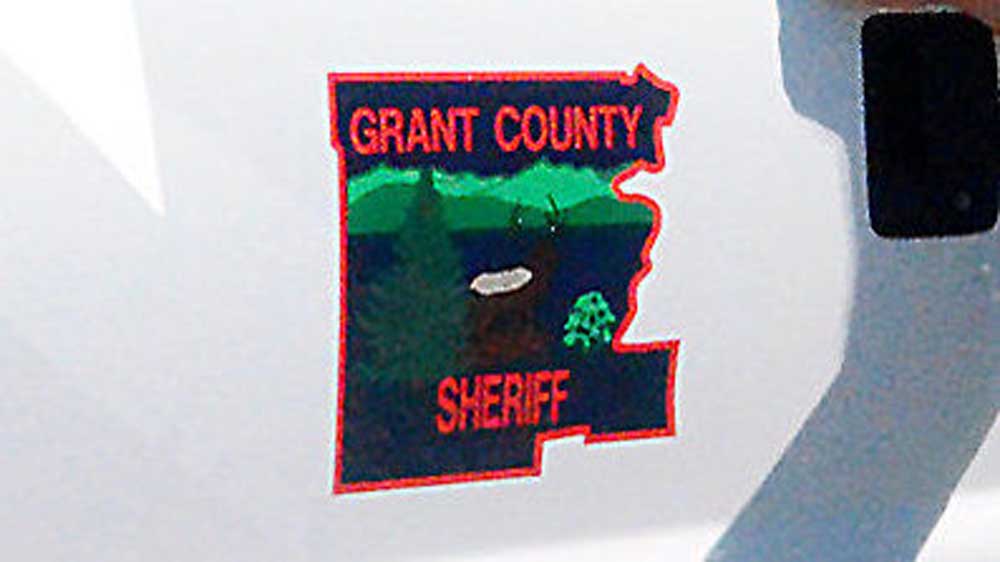Off the Beaten Path: Rattlesnakes among the hay bales
Published 1:00 pm Saturday, June 22, 2024

- Moultrie
“I spotted rattlesnakes by the canal heading towards the mowed alfalfa field,” my Uncle Ralph said to the visiting nephews and nieces. While Uncle Ralph heeled off his muddy irrigation boots at the back door and padded across the kitchen floor in his socks, my aunt slid bacon and over-easy eggs onto his breakfast toast.
Tales of “rattlers” and stories of children who tumbled into the roaring irrigation canals turning cold and lifeless from mountain snowmelt kept us kids at respectful distances when visiting the farm, both from the irrigation canals and tail-rattling snakes.
“Careful, boys, when loading the alfalfa hay,” said a dairyman who farmed in an adjacent state. “Rattlesnakes come down from the rocky bluffs and slither under the bales.”
Years ago, “bucking bales” (hand-loading 70-pound hay bales onto a trailer and then unloading bales at a hay shed or barn) provided youth with summer wages and muscled them up for fall football. Most farmhands found it unnerving to lift a hay bale and hear a rattling in a depression on the ground.
A rancher corralled a cow with a swollen leg. “Probably a rattlesnake bite,” he said.
As kids, my brothers and I spent hours in nearby woods and fields of the Western Cascades. Hearing and reading about rattlesnakes, I considered our family fortunate — no poisonous snakes around where we lived and hiked. At a herpetology seminar, a snake specialist pointed out benefits to rattlesnakes — keeping down mice, rats, ground squirrels, etc.
A vet research paper revealed dogs a primary target for rattlesnake bites. Our family dog, when we were kids, never tangled with snakes — he kept busy with hostile encounters with skunks and porcupines.
I read about ways to safeguard against an unfortunate encounter with a rattlesnake, such as wearing boots that go over the ankles. Another suggestion: Don’t stick your hand in a rock crevice without first checking what might be inside.
This is like watching a horror movie. The woman is stuck in a storm in a creepy house, hears scraping noises in the basement. She hesitates, then takes a step down. By now the audience is hollering, “DON’T GO DOWN INTO THE BASEMENT!”
Same thing with someone who, without checking, reaches down towards the rocky crevice. “DONT STICK YOUR HAND IN THE CREVICE!”
More rattlesnake research. Head cut off the rattlesnake then you’re safe? No. These snakes still have a reflex to inflict a serious injury with the fangs from a severed head.
I paused with my rattlesnake research — and as is typical when on the computer I digress. I started with rattlesnakes, then checked which snakes are more deadly. Black mamba and hooded king cobra — both outdistance local rattlesnakes for poison power. Fortunately, not found in Oregon.
As I continued researching hair-raising reports of decapitated snake heads still able to deal a deadly strike, ZAAP! Two needle-sharp objects struck me on my side as I sat at the computer. I confess I was a bit startled. Actually, more than a bit startled. I needed to be scraped off the ceiling, figuratively speaking.
I struggled to gather my wits about me. I remembered I was dog-sitting a half-grown terrier that day. He woke from his dog bed and, unnoticed, ambled down to where I was on the computer and jumped up at my side to let me know he was ready for a walk. His toenails on his front paws felt sharp as fangs.
I needed a break from reading about poisonous snakes and took the dog for a walk.





